Once the beating heart of America’s industrial revolution, Pennsylvania is now home to relics of a bygone era, abandoned factories, steel mills, and coal plants that once fueled progress but now stand as eerie reminders of the past. These massive structures echo with history, telling stories of hard labor, community pride, and eventual decline. Over time, nature has reclaimed what humans left behind, turning rusted machinery into haunting sculptures and empty buildings into ghostly landmarks. Exploring these sites reveals more than decay; it unveils the resilience of the people and towns that once thrived around them. Here are eight of the most fascinating abandoned industrial sites in Pennsylvania and the haunting histories that make them unforgettable.
1. Carrie Furnaces, Rankin and Swissvale

The Carrie Furnaces, part of the legendary Homestead Steel Works, were once the powerhouse of Pittsburgh’s steel industry. Operating from 1907 to 1982, they produced massive amounts of iron that built America’s skyscrapers and bridges. After the decline of steel production, the furnaces were left to rust, their towering structures standing as symbols of both industrial might and economic collapse. Today, they are preserved as a National Historic Landmark, attracting visitors who marvel at the mix of decay and artistry left behind by urban explorers and graffiti artists. The site remains a powerful tribute to Pennsylvania’s steel-making legacy.
2. Bethlehem Steel Plant, Bethlehem
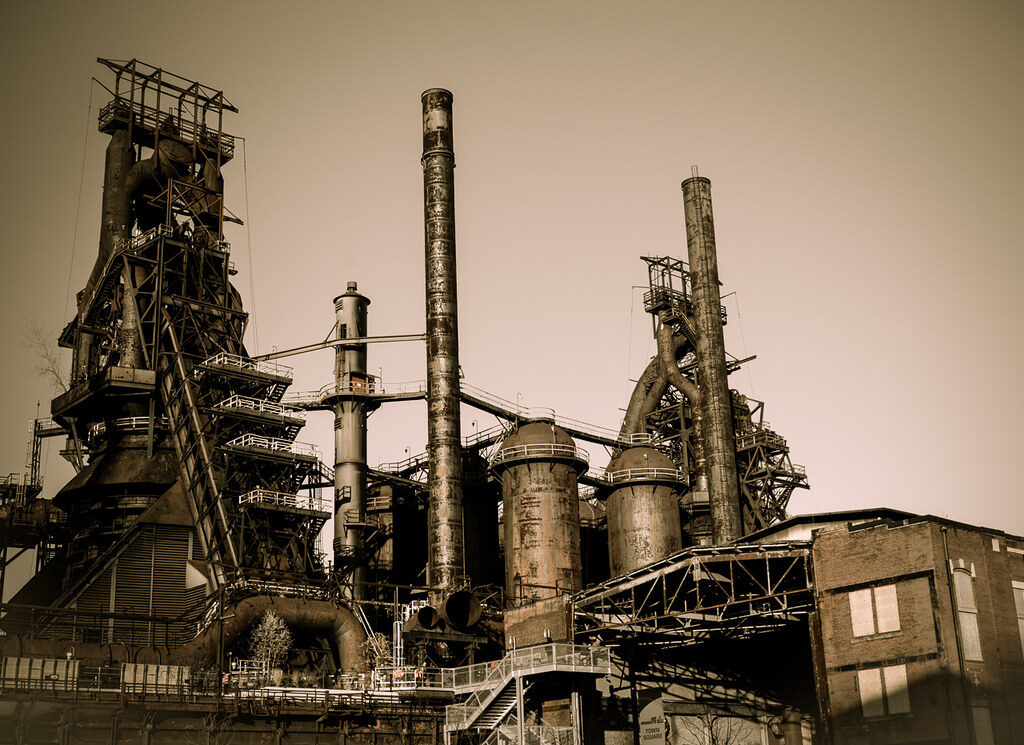
Once one of the largest steel producers in the world, the Bethlehem Steel Plant helped shape the nation’s industrial landscape. Its massive furnaces and towering stacks provided the steel used in projects like the Golden Gate Bridge and New York’s skyscrapers. When the company shut down in 1995, the site was abandoned, leaving behind an enormous complex of rusted machinery and hollow buildings. Today, the plant has found new life as part of SteelStacks, a cultural and arts center, but much of the original structure still looms in silent testament to the power and decline of America’s steel age.
3. Centralia Mine, Columbia County
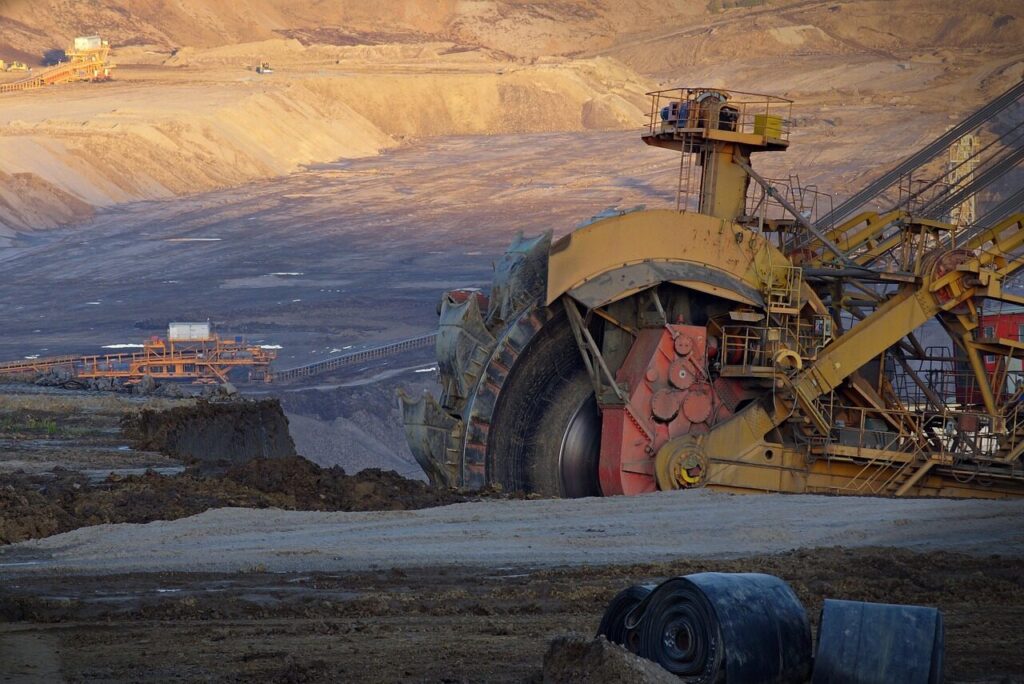
The Centralia Mine was once a thriving coal operation until a fire ignited beneath its surface in 1962. The underground blaze spread through the coal seams, forcing residents to abandon the town as toxic smoke and heat made the area uninhabitable. Decades later, the fire still burns, turning Centralia into one of Pennsylvania’s most haunting industrial ruins. Empty streets, overgrown lots, and cracked highways leaking steam tell a chilling story of how industry and nature collided with devastating results. Today, only a few residents remain, surrounded by an eerie reminder of Pennsylvania’s coal mining past.
4. Eastern State Penitentiary Power Plant , Philadelphia

Though better known for its prison cells, Eastern State Penitentiary also housed its own industrial power plant that once supplied electricity and heat to the entire facility. After the prison’s closure in 1971, the power plant was abandoned, leaving behind a maze of rusted pipes, massive turbines, and dark tunnels. Over the years, the decaying structure has drawn photographers, historians, and curious visitors fascinated by its haunting atmosphere. The site symbolizes the forgotten infrastructure that kept major institutions running, a reminder of the unseen machinery behind daily life and the relentless passage of time.
5. Duquesne Steel Works, Duquesne
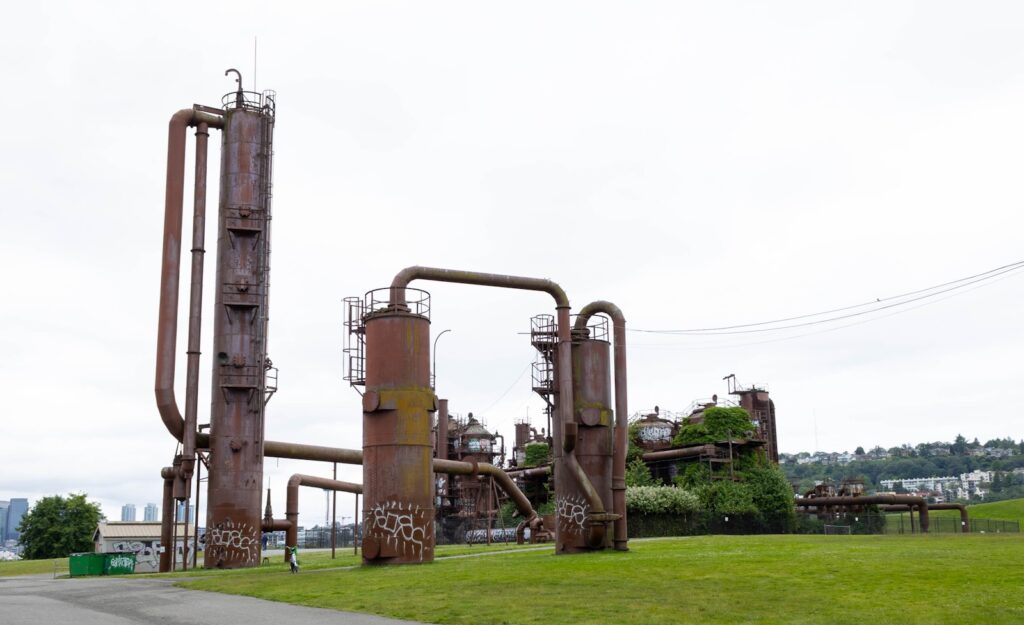
Located along the Monongahela River, the Duquesne Steel Works played a crucial role in Pittsburgh’s rise as the Steel City. At its peak, the mill employed thousands of workers and contributed significantly to America’s industrial growth. When production ceased in the 1980s, the massive site fell silent, leaving behind acres of empty buildings and skeletal remains of once thriving furnaces. Though parts of the area have been redeveloped, much of it remains untouched, a ghostly landscape that evokes both pride and sorrow. It stands as a stark reminder of Pennsylvania’s industrial golden age and its eventual decline.
6. Shenango Coke Works, Neville Island
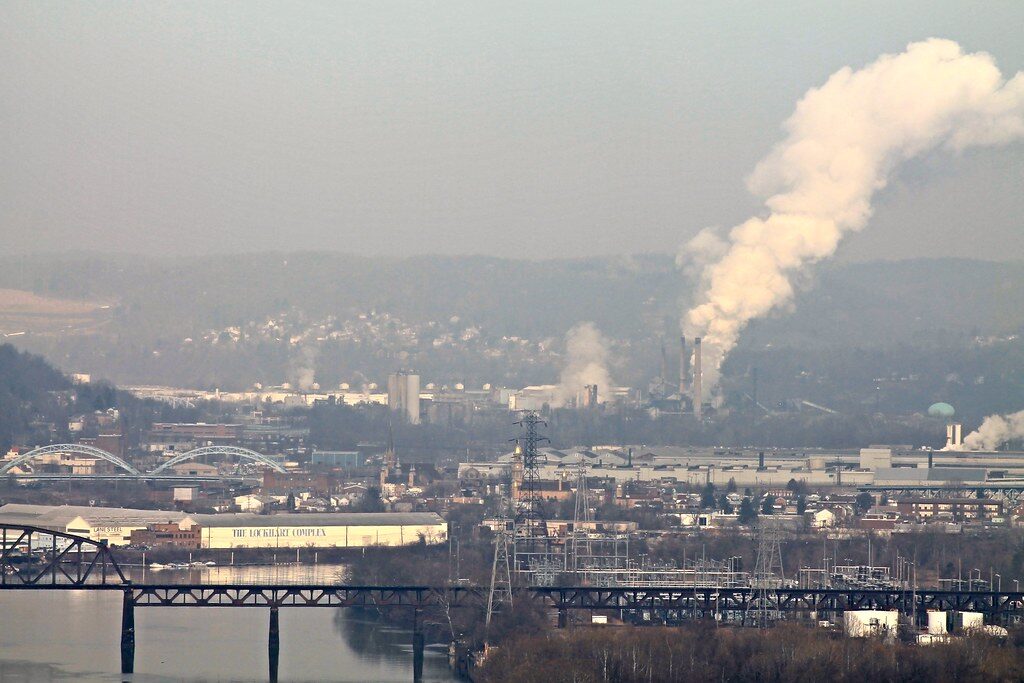
The Shenango Coke Works was an important facility that transformed coal into coke, a critical component in steelmaking. For decades, it powered Pittsburgh’s steel industry and provided countless jobs to the local community. When it closed in 2016, the plant was left to deteriorate, its smokestacks and storage tanks looming over the Ohio River. Environmental concerns and cleanup efforts followed, but the haunting sight of the abandoned site remains. The area serves as a reflection of the environmental costs of heavy industry and the lingering beauty in places where human progress once roared.
7. Braddock Carnegie Steel Works, Braddock
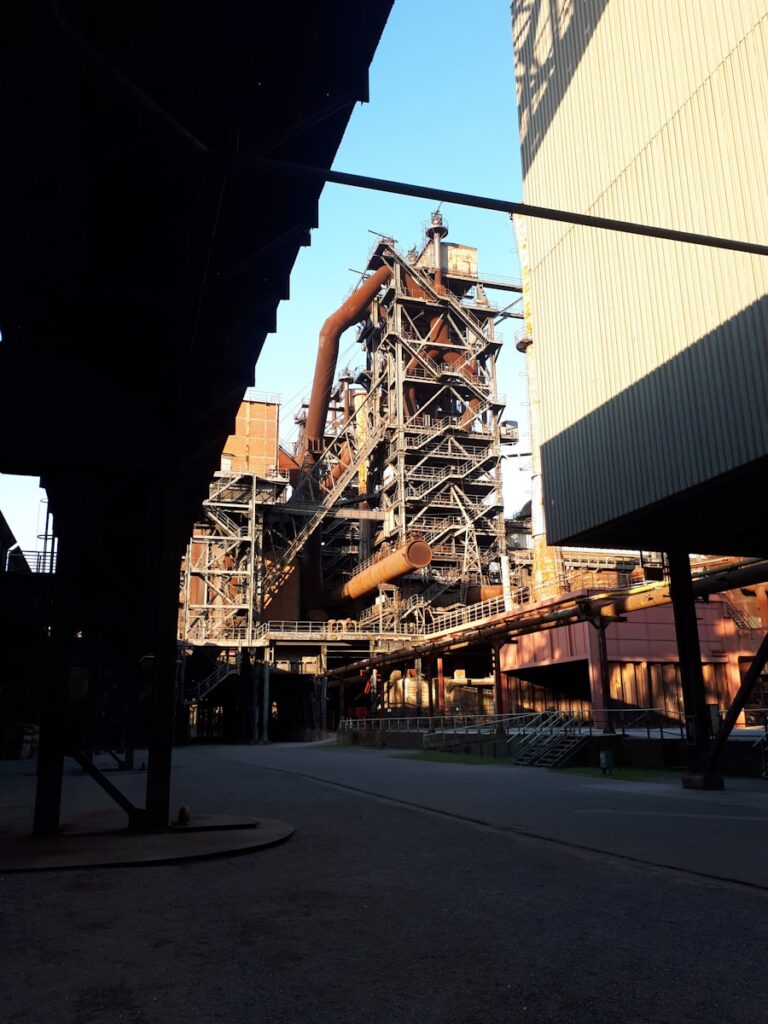
The Braddock Carnegie Steel Works, established by industrialist Andrew Carnegie, was one of the first major steel mills in the United States. It helped transform the Pittsburgh area into a global steel powerhouse. Over time, automation and shifting economies led to its decline, leaving behind rusted machinery, collapsing buildings, and forgotten rail lines. Today, parts of the site have been repurposed, while others remain eerily quiet, overtaken by weeds and graffiti. The abandoned sections of Braddock’s industrial past stand as monuments to both human ambition and the fleeting nature of prosperity.
8. Eckley Miners’ Village, Luzerne County
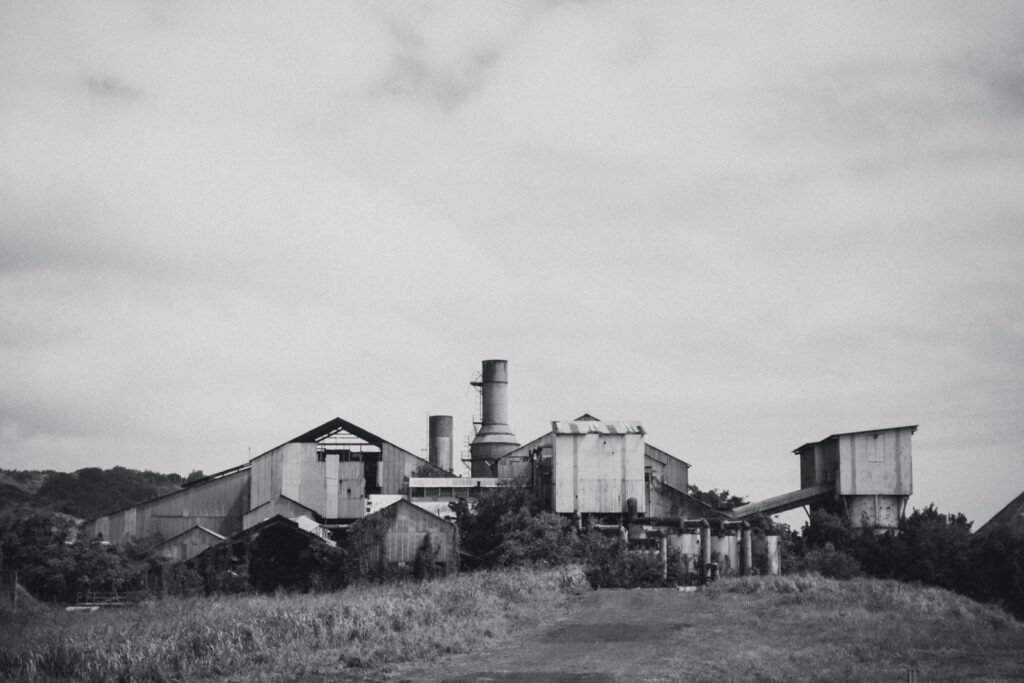
Unlike many industrial ruins, the Eckley Miners’ Village has been preserved as a museum to honor Pennsylvania’s coal mining heritage. Once a bustling 19th-century company town, it was abandoned after the coal industry declined. The weathered houses, mine structures, and empty streets now offer a haunting glimpse into the lives of miners and their families. Visitors can walk through the ghostly settlement, imagining the daily struggles of those who worked in the dark mines below. Eckley remains both a haunting and humbling reminder of the people who built Pennsylvania’s industrial identity through grit and endurance.
#2 – please change SteelStacks to ArtsQuest – that is the name of our nonprofit. You could say ArtsQuest at SteelStacks if you’d like. SteelStacks is the name of the campus.